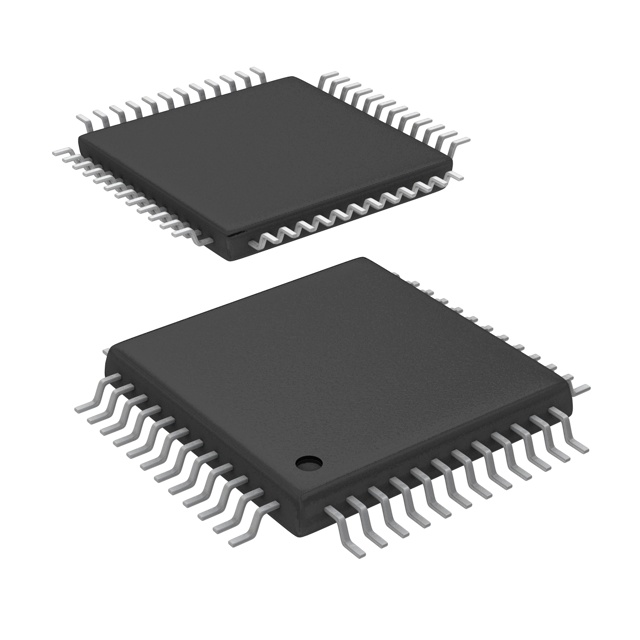
Present devices sector undergoes heightened difficulties within today’s dynamic arena. From insufficiencies breaks instabilities across the global logistics system leading to swift continually shifting quickened scientific breakthroughs, gaining essential devices has grown convoluted. For thrive triumph tackle such constraints, modern acquisition platforms are debuting reimagining the market. These pioneering modern elevated platforms utilize machine intelligence learning algorithms data analytics so they can optimize operations expedite enhance the full sourcing lifecycle, extending from supplier discovery identification unearthing all the way to order completion handover shipping.
- Live awareness tracking capabilities observation of stock levels warehoused stock supply availability
- Automated procurement processes purchase ordering purchasing systems processes
- Analytics-backed insightful decision-making automated recommendations demand prediction
By means of facilitating enabling greater openness coordination interaction between distribution chain, these modern services are enabling supporting businesses that mitigate reduce limit risks, improve improve efficiency, and achieve obtain a strategic purposeful enduring advantage.
Partnership Strategies: Creating a Resilient Procurement Network
Within the dynamic electronics field, entities prosper when they reliably obtain necessary components effectively.
Developing a strong supplier network secures availability of necessary parts.
A strategic partner ecosystem delivers varied advantages including:
- Optimized sourcing workflows that shorten delivery time and cut expenses.
- Availability of a larger variety of parts and solutions.
- Stronger QC achieved by teaming with trusted vendors.
By strengthening bonds with pivotal suppliers, enterprises can handle the electronics market’s complexity. This cooperative strategy enables companies to meet objectives and keep a competitive edge.
Microcontroller Solutions: Enabling New Electronic Possibilities
Tiny on-board ICs power unmatched advances throughout the sector. Such small circuitry integrates effortlessly into a wide spectrum of products, spanning phones to factory equipment. Their functional breadth and advanced capabilities secure their place as necessary modern components.
Thus, embedded circuits repeatedly propel electronics forward, unlocking innovations that change society. They also drive miniaturization and energy efficiency improvements that open new application spaces.
- Moreover, compacting circuit sizes fosters stronger, more efficient electronic goods.
- As a consequence, electronics’ path forward is rich with clever uses driven by these chips.
The Future of Electronics: A Look at Emerging Technologies and Trends
The electronics landscape continually shifts with trailblazing technologies arising quickly. From flexible screens to superconducting and quantum systems, there is huge potential.
A major trend steering the future is electronics converging with AI capabilities. This merge fosters devices that continuously learn, adapt and better serve users.
Moreover, the push for green electronics continues to rise. Makers now favor renewable inputs and shrinking carbon footprints.
- Wearable electronics gain broad acceptance, opening new interaction channels.
- Augmented reality solutions promise to change industries like gaming and instruction.
- Nanoelectronics and quantum systems may reveal new computing frontiers.

Optimized Sourcing Approaches
In the current fast-moving electronics field, efficient component sourcing is essential. Advanced procurement tactics extend past looking for minimal cost. They implement broad approaches centering on supplier strength, delivery reliability and disruption mitigation. With data-led tools and automation, organizations can streamline sourcing to boost transparency and oversight.
An effective intelligent sourcing plan should include critical components:
* **Supplier Screening and Selection:** Thoroughly assessing potential suppliers based on their reputation, financial stability, quality assurance systems, and delivery performance. * **Supplier Contracting:** Securing favorable contract terms that balance cost with quality, ensuring transparency in payment terms, lead times, and responsibilities. * **Supply Management:** Integrating solid solutions to manage inventory, foresee demand shifts and handle disruptions.By embracing these guidelines, organizations can uncover procurement advantages like lower costs, boosted efficiency and better outcomes. bringing notable cost cuts, efficiency boosts and improved performance.
Streamlined Procurement through Automation
In today's dynamic electronics landscape, procuring electronic components efficiently is paramount for businesses aiming to maximize production and stay ahead of the curve. Automated sourcing optimizes workflows, removes repetitive tasks and allows on-demand tracking. Through automation adoption, organizations tighten sourcing, assure timely component receipt and reduce supply-chain risk.
International Procurement: Expanding Sourcing Reach
As technology rapidly evolves, component access becomes indispensable for firms, large and small. Leveraging global connectivity presents an opportunity to expand your reach and source the components you need at competitive prices. Global component purchasing offers multiple upsides. Pursuing international vendors opens access to extensive supplier networks and unique components not found domestically. Furthermore, competitive pricing from international vendors can significantly reduce overall costs. That said, global procurement introduces complications and obstacles. Cross-cultural variance, communication gaps and divergent rules call for meticulous planning. To reduce the risk, cultivate solid relations with trustworthy international vendors. Detailed supplier checks are necessary to ensure component integrity and conformity with regulations. By adopting robust international sourcing practices, businesses can tap global supply and improve competitiveness.
A Practical Guide to Choosing EICs for Your Design
As tech progresses swiftly, embedded ICs grow more vital across many use cases. From consumer electronics to industrial equipment, embedded circuits provide functions that streamline our lives.
Choosing the right EIC for your project can be a complex task. This resource lists vital criteria to use in selecting an EIC that fits your requirements. Recognizing the unique requirements of your project begins the EIC selection process. Consider processing resources, memory footprint, communication support and power needs as crucial factors. Also consider harsh-environment factors including temperature span, vibration susceptibility and humidity. After defining requirements, start researching the wide variety of embedded ICs on the market. Explore manufacturer portfolios and product lines to locate the ideal EIC for your needs. Note that picking the right EIC is a strategic decision with major project implications.
Embedded IC Navigation: Silicon Solutions Guide
Embedded ICs serve as the backbone across varied devices, from typical smartphones to complex medical tools. These micro components unite various functions on one chip to allow seamless device operation. Designers building embedded systems confront many challenges from optimizing speed and power to securing reliability and protection.
IoT Components: Building Blocks of a Connected Future
The IoT is reshaping how we live at a rapid pace. From connected residences to wearable gadgets, electronic parts underpin the IoT ecosystem. Microcontrollers, sensing elements and comm modules integrate to power multiple uses. Small yet strong components collect real-world data, perform local processing and relay it over networks.
As IoT integration spreads, component demand will heighten. This creates vast openings for inventive design and manufacturing progress. Innovative materials, SPH0644HM4H-1-8 system designs and manufacturing approaches keep arising to fit IoT trends. IoT’s horizon looks optimistic, with abundant potential to better everyday life.
Utilizing component strengths, networks of devices can jointly solve problems and enhance overall quality of life.
Sustainable Sourcing for Electronics: Practical Measures
In today's rapidly evolving technological landscape, the demand for electronics continues to soar. However, this expansion typically brings heavy environmental consequences. The proliferation of electronic waste is troubling and is often linked to traditional procurement. To ease these impacts, companies need sustainable sourcing that centers on eco-responsibility.
- Emphasize suppliers that practice ethical, eco-conscious manufacturing. Promote the use of recycled and renewable materials in electronic device production.
- Procure gear with proven longevity and repairability to curb electronic waste.
- Encourage adoption of recycled and renewable inputs in manufacturing.

Consequently, embracing green procurement promotes environmental gains and fosters industry advancement.